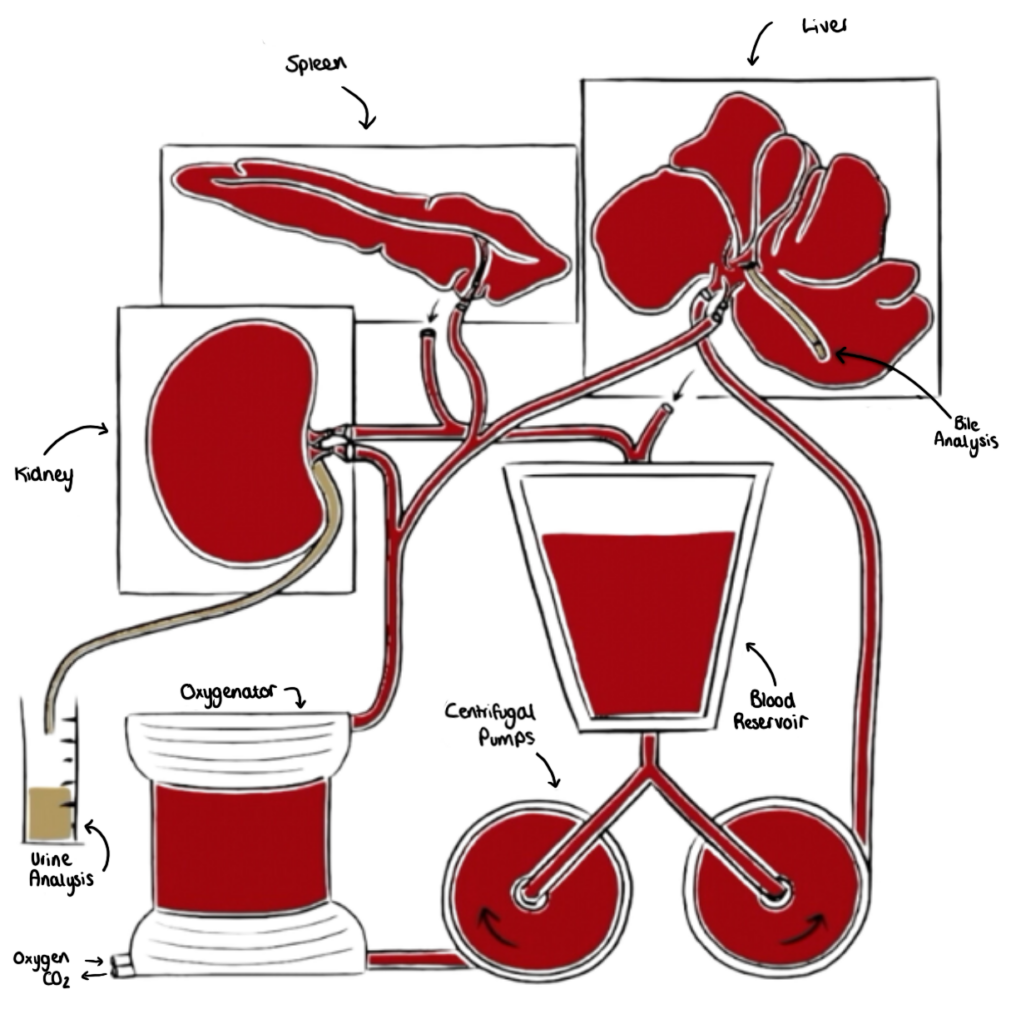Multi-Organ Systems

An Advanced and Complex Platform to Accelerate Your Research
Pebble's MULTI-ORGAN Systems
Pebble’s MULTI-ORGAN system replicates the intricate physiology of interconnected organs, providing a dynamic environment for drug and device testing. It enables a realistic assessment of drug pharmacokinetics and pharmacodynamics, revealing how compounds distribute and act within the body.
For cell and gene therapy evaluations, the system’s fidelity in modelling biodistribution, tropism, and safety is vital for understanding therapeutic effect and potential toxicity. This accuracy in simulating physiology offers a detailed preview of clinical trial outcomes, streamlining the transition from preclinical research to regulatory approval.
Perfusion Protocols

Pebble’s MULTI-ORGAN Systems provide the opportunity to combine organs and tissues in a variety of combinations.
Organs are connected to the perfusion circuit via arteries and veins, and warm, nutrient-rich, oxygenated blood is passed through the vasculature. Venous outflow from each organ is collected in a single central reservoir and recirculated, enabling a realistic assessment of tissue interactions following the addition of therapeutics.
This is a huge benefit over isolated organ perfusion, recapitulating the in-vivo environment and enabling extensive drug pharmacokinetic and pharmacodynamic profiling.
We are keen to push the boundaries of perfusion science and we can design bespoke protocols and circuits, incorporating a variety of organs, tailored to suit your needs.
MULTI-ORGAN Services
Multi-Organ Applications
- Monitoring parameters such as oxygen consumption, lactate production, pH, and bile production enables evaluation of the functional status of the organs.
- Different preservation solutions and techniques can be tested to optimise organ preservation during perfusion. This includes assessing the effectiveness of various additives, temperature control strategies, and perfusion pressures.
- Compare different donor organs, preservation methods, or therapeutic interventions to identify optimal strategies for improving transplant outcomes.
- Data collected during NMP can be used to develop predictive models using machine learning algorithms. These models can help in assessing the likelihood of successful transplantation based on various parameters measured during perfusion.
Therapeutic Evaluation
- Various drugs aimed at reducing ischemia-reperfusion injury (IRI) could be tested. These may include anti-inflammatory agents, antioxidants, and mitochondrial protectants. Testing these agents on the perfusion circuit could assess their effectiveness in mitigating IRI across multiple organs simultaneously.
- Different organ preservation solutions, such as University of Wisconsin (UW) solution or histidine-tryptophan-ketoglutarate (HTK) solution, could be evaluated for their ability to maintain organ viability and function during perfusion.
- Comparing the effects of these solutions on the spleen, liver, and kidney within the same circuit can provide valuable insights into organ-specific preservation needs.
- HOPE techniques involve perfusing organs at subnormothermic temperatures with oxygenated solutions. Testing HOPE methods on the perfusion circuit can evaluate their efficacy in preserving and revitalizing the spleen, liver, and kidney prior to transplantation.
- Testing the effects of stem cell administration during ex vivo perfusion on the spleen, liver, and kidney can assess their potential to promote organ repair and improve transplantation outcomes.
- Immunomodulatory drugs or biologics designed to modulate the immune response could be tested on the perfusion circuit.
- Evaluating their effects on immune cell activation, cytokine release, and tissue inflammation across multiple organs can inform strategies for reducing rejection and improving graft survival post-transplantation.
- Gene therapy approaches aimed at improving organ function or enhancing tolerance to transplantation could be tested on the perfusion circuit.
- Delivering gene therapy vectors to the spleen, liver, and kidney ex vivo allows for assessing their efficacy in modifying gene expression and promoting desired therapeutic effects.
- Devices such as adsorption columns or hemodialyzers could be integrated into the perfusion circuit to remove toxins, cytokines, or antibodies from the perfusate.
- Testing these extracorporeal treatment devices on multiple organs can evaluate their ability to improve organ quality and function during perfusion.
- Biomaterial scaffolds or tissue-engineered constructs designed to support organ regeneration and repair could be tested on the perfusion circuit.
- Assessing their compatibility with the spleen, liver, and kidney ex vivo provides insights into their potential for enhancing organ recovery and transplantation outcomes.

Pharmacokinetic Profiling
- Detail how the system evaluates the rate and extent of drug absorption, providing insights into bioavailability and the influence of administration routes.
- Explore the system’s capacity to trace drug distribution across different tissues and compartments, highlighting organ-specific affinities and potential reservoirs.
- Emphasise the system’s ability to monitor biotransformation processes in organs like the liver, crucial for predicting metabolite profiles and interactions.
- Discuss the measurement of renal and hepatic clearance (for example, in liver-kidney models), key factors in determining the dosing and duration of drug action.
- Illustrate how the platform can simulate co-administration scenarios to evaluate pharmacokinetic interactions, guiding optimal drug combination strategies.

Pharmacodynamic Analysis
- Asses the intended pharmacological effects of drug candidates.
- Plot the relationship between dose administered and the observed effect.
- Detail the onset, duration, and offset of drug action within multi-organ context.
- Evaluate how the drug engages with specific molecular targets across different organs.
- Monitor the alterations in biological pathways due to drug activity
Safety & Toxicology Assessments
- Conduct immediate toxicity studies to identify acute effects within operational time frames.
- Pinpoint organ-specific toxicological impacts, enabling targeted investigation of drug safety.
- Engage in biomarker discovery, with system capabilities to uncover novel indicators of organ health or dysfunction.
- Monitor inflammatory responses as drugs are introduced, providing early indicators of immune activation or suppression.
- Evaluate the immune system’s reaction to compounds, including potential immunotoxicity that aligns with regulatory guidelines for safety.
Cell & Gene Therapy Evaluations
- Trace biodistribution of cell & gene therapies, analysing targeting efficiency and organ specificity.
- Assess off-target effects, evaluating safety profiles with precision to predict clinical outcomes.
- Examine the durability of gene expression, ensuring consistency with therapeutic intent and duration.
- Analyse vector integration sites, providing data crucial for safety and efficacy considerations.

Drug Delivery & Biodistribution
- Monitor nanoparticle transit, evaluating delivery mechanics and systemic distribution.
- Confirm targeted delivery success, crucial for therapies with specific organ targets,
- Profile the release kinetics of therapeutics, ensuring alignment with dosing strategies.
- Assess barrier penetration, gauging delivery efficiency to targeted organs or tissues.
- Optimise therapeutic windows, balancing efficacy and safety for intended clinical applications.

Multi-Organ Interaction Studies
- Analyse communication pathways between organs, essential for understanding systemic drug effects.
- Evaluate metabolic crosstalk, providing insights into inter-organ metabolic dependencies and drug interactions.
- Modelling pathophysiological conditions, simulating disease states to assess drug efficacy and safety.
- Simulate acute disease progression, observing how therapeutics influence disease evolution.
- Evaluate systemics responses, gauging overall resilience to interventions.
Pebble's Customisable
Service Package


